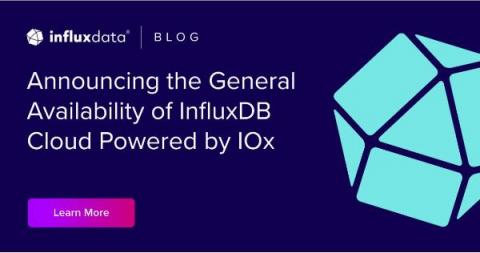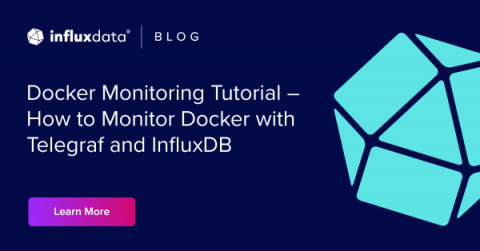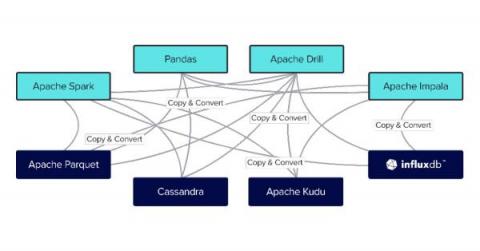Announcing the General Availability of Our New High-Performance Time Series Engine in InfluxDB Cloud
Back in October 2022, our Founder and CTO Paul Dix announced the limited release of InfluxDB IOx, our new database engine. After several months of beta testing, we’re excited to announce the next phase of our database engine: general availability. As of today, InfluxDB IOx releases to the rest of the world as the new and improved InfluxDB Cloud.











